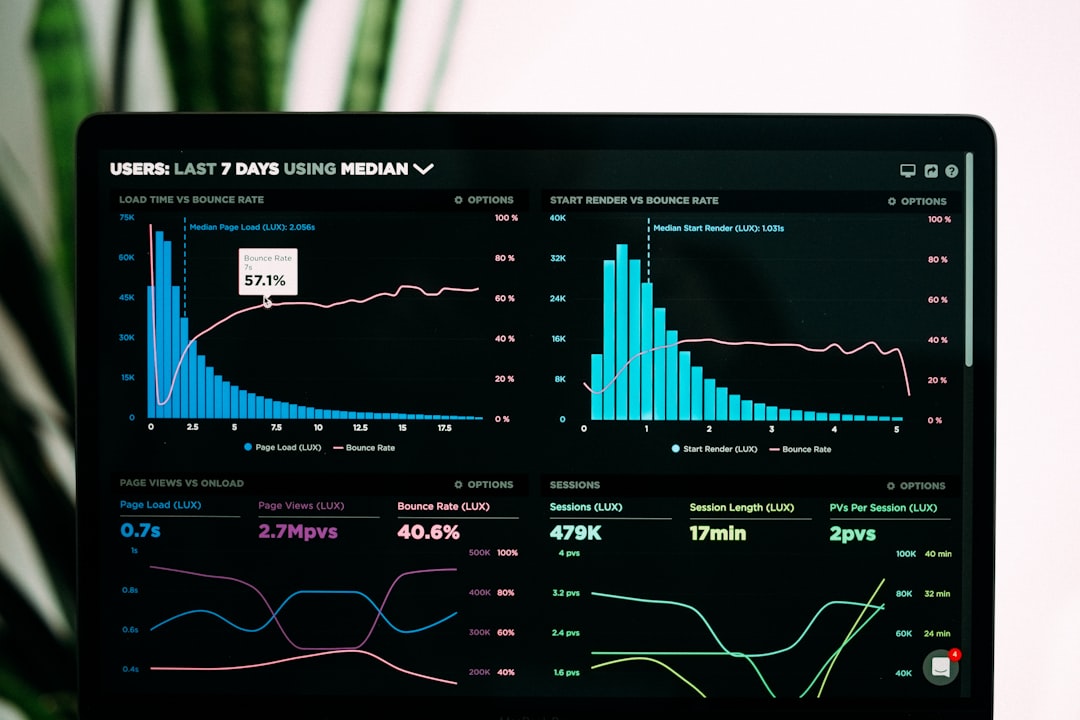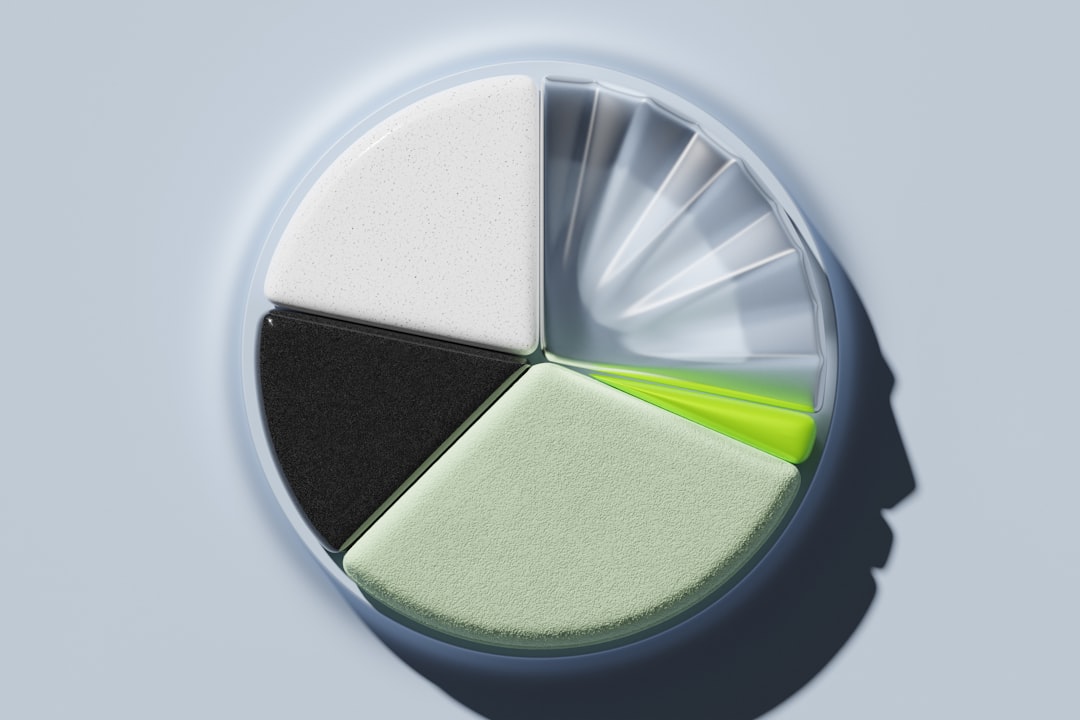
The world of statistics is filled with various measures that help researchers and analysts understand data better. One such measure is the Interquartile Range (IQR), a fundamental tool used to summarize data and detect outliers. It’s especially important in fields that rely on data distribution such as economics, health sciences, data analytics, and social research.
TLDR:
The Interquartile Range (IQR) represents the middle 50% of a dataset by measuring the spread between the first quartile (Q1) and the third quartile (Q3). It effectively shows how spread out the central values of the data are, making it less sensitive to outliers than other measures like range or standard deviation. The IQR is a powerful way to understand variability and identify unusual data points. It’s commonly used in box plots and robust statistical summaries.
What Is the Interquartile Range (IQR)?
The Interquartile Range (IQR) is a measure of statistical dispersion, or how spread out the values in a dataset are. Specifically, it shows the range within which the middle 50% of the data lies. This is accomplished by subtracting the first quartile (Q1) from the third quartile (Q3):
IQR = Q3 – Q1
To understand this better, let’s break down what quartiles are:
- Q1 (First Quartile): The value below which 25% of the data falls.
- Q2 (Second Quartile): Also known as the median, where 50% of the data falls below this point.
- Q3 (Third Quartile): The value below which 75% of the data lies.
By calculating the range between Q3 and Q1, the IQR gives a picture of the central maximum and minimum values, excluding the extreme ends that could skew interpretation.
Why Is IQR Important?
The IQR is especially valuable because it is resistant to outliers and extreme values. In contrast to the total range (maximum – minimum), the IQR focuses only on the center of the data. This is particularly useful in real-world scenarios where outliers could significantly distort more sensitive measures like the mean and standard deviation.
Let’s take an example:
Imagine the two datasets:
- Dataset A: 4, 5, 6, 7, 8
- Dataset B: 1, 5, 6, 7, 100
Both have a similar middle structure, but Dataset B has an outlier (100). The mean of Dataset B would be inflated because of the 100, but the IQR would remain close to that of Dataset A since it ignores the outer 25% from both ends.
How to Calculate the Interquartile Range
- Order the data from smallest to largest.
- Find the median (Q2) of the dataset.
- Determine Q1: This is the median of the lower half (not including Q2 if an odd number of values).
- Determine Q3: This is the median of the upper half.
- Subtract Q1 from Q3: Q3 – Q1 = IQR.
Here’s a quick example:
Dataset: 2, 4, 6, 8, 10, 12, 14
- Median (Q2) = 8
- Q1 = Median of 2, 4, 6 ⇒ Q1 = 4
- Q3 = Median of 10, 12, 14 ⇒ Q3 = 12
- IQR = 12 – 4 = 8

What Does IQR Tell Us About Data?
The IQR gives an idea about the concentration or spread of values in the middle half of a dataset. A larger IQR indicates that the central values of the dataset are more spread out, while a smaller IQR suggests they are more clustered.
In addition to summarizing variability, IQR also helps identify outliers. Usually, any data point that is:
- Less than Q1 – 1.5 × IQR, or
- Greater than Q3 + 1.5 × IQR
is considered an outlier. This is commonly visualized in box plots, where whiskers stretch to the minimum and maximum values within 1.5 × IQR from Q1 and Q3, while points beyond those limits are plotted individually.
Applications of IQR
The Interquartile Range is used across multiple disciplines and tools:
- In statistics: For summarizing data in reports and research papers.
- In data science: As a method for feature engineering and outlier detection.
- In finance: To measure variability in investment return distributions.
- In education: To compare scores within and between different groups of students.

IQR vs. Other Measures
There are several metrics used to describe data dispersion, including:
- Range (max – min): Includes entire dataset including outliers, not robust.
- Standard Deviation: Measures average distance from the mean, sensitive to outliers.
- Variance: Square of standard deviation, also heavily influenced by outliers.
- IQR: Focuses on the middle 50%, and is robust even when extreme values exist.
In skewed distributions and real-world data, IQR provides a more accurate picture of overall variability than many others.
Visualization: The Box Plot
The box plot or box-and-whisker plot is a simple graph that represents five-number summaries:
- Minimum
- Q1
- Median (Q2)
- Q3
- Maximum
The box spans from Q1 to Q3, and its length is the IQR. Whiskers extend to values within 1.5 × IQR, and outliers are marked as individual dots or points beyond those whiskers. It provides a snapshot of data distribution and is a powerful tool for spotting asymmetry or outliers quickly.
FAQ: Interquartile Range
- Q: What is the primary purpose of the IQR?
- A: The IQR measures the spread of the middle 50% of data, providing insight into data concentration and variability while ignoring outliers.
- Q: Can the IQR be negative?
- A: No. Since Q3 is always greater than or equal to Q1, the IQR is always zero or positive.
- Q: Is IQR affected by outliers?
- A: Not significantly. IQR excludes the highest and lowest 25% of data, which makes it much more resistant to outliers than other metrics like the range or standard deviation.
- Q: How is IQR used to detect outliers?
- A: Values that are below Q1 – 1.5 × IQR or above Q3 + 1.5 × IQR are considered outliers.
- Q: What kind of data is ideal for using IQR?
- A: IQR is suitable for ordinal data or interval-level data, especially when the distribution is skewed or contains outliers.
- Q: How is IQR different from standard deviation?
- A: IQR is more robust to outliers and considers only the central portion of the data, while standard deviation measures dispersion around the mean and is more sensitive to extreme values.






